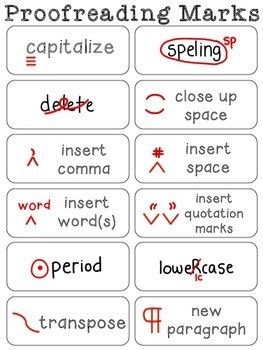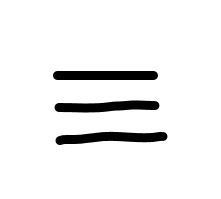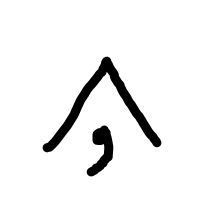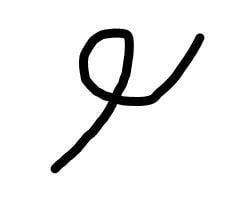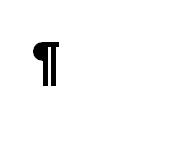What’s the difference between the writing of an independent author and that of a traditionally published one? In a lot of cases, the answer lies in the details. self-published writers with even the most sparkling prose style will see their readers confidence evaporate at the first sign of absent capital letters and misplaced apostrophes — just like in this sentence.
That’s why consistently successful authors rely on proofreaders to triple-check their final manuscript. By ensuring that their books are free from basic mistakes, they can rest easy knowing that readers are getting the best possible experience.
To help you avoid the most common copy mistakes found in manuscripts, we asked professional proofreaders for their most commonly used proofreading marks — you know, those weird red squiggles you’ll see in manuscripts. Enjoy!
1. Capitalize
Capitals are often accidentally missed at the start of sentences, or when typing names or using proper nouns, such as London. When the proofreader spots a missing CAP, they will score this mark above the letter that needs to be made uppercase.
2. Close up
If you’ve separated two words that should be one word, (i.e. “some body” or “with in”), then these bracket-looking lines will show you where to close the gap.
3. Add comma
The comma. Perhaps the most underappreciated piece of punctuation in the writer’s toolkit. Indeed, correct usage of the humble comma is what separates pandas from armed bandits. In recent years, with the increasing popularity of the Oxford comma, writers might see more of these upward arrows suggesting its inclusion for the sake of added clarity.
4. Delete
Tautologies are more of a copy editor’s thing — which hopefully means that redundant statements should be eliminated by the time it reaches a proofreader. But if they notice that a word is simply unnecessary or, like in this example, used in a double negative, a proofreader will mark it to be removed.
5. Insert word/letter
Equally, if you’re missing a word (perhaps your train of thought was faster than your typing!), then your proofreader will mark where to add in the misplaced letters.
6. New paragraph
When should a writer start a new paragraph? Whenever a new person is speaking or when you begin a new idea or point, that’s when you should mash the ‘enter’ key. If a proofreader thinks you have left out a paragraph break, they will let you know with this little symbol that looks like a currency mark in a science fiction film.
Proofreading marks often look cryptic and indecipherable — and in this modern age, they are increasingly rare. But hopefully, this post has given you a better understanding of the work a proofreader does (not to mention a new appreciation for the modern word processor).
Refining your book and ensuring it is error-free is just as important as the quality of the writing itself. With a bit of appreciation for what proofreaders look out for with their eagle eyes, perhaps you make an effort ensure that your manuscript avoids the wrath of their red pen.
***
Jessica Curry is a writer based in Bristol, UK. She is a member of the team at Reedsy, the world’s largest marketplace of experienced publishing professionals.
